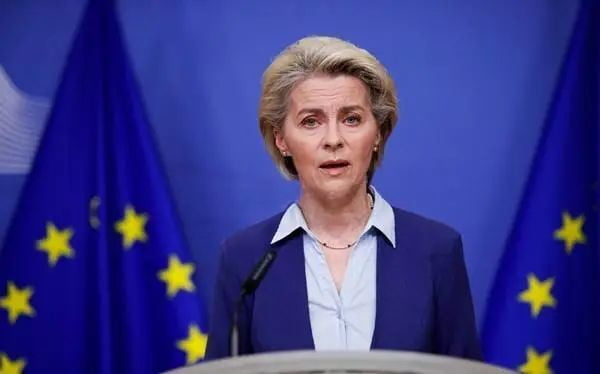The European Bioplastics website has a paraphrase of the outline set out in the European Green New Deal: Europe needs to become a more sustainable, resilient and competitive economy. The bioeconomy has great potential to contribute to the transformation of the Green New Deal, as it covers all sectors involving the use of renewable resources, excluding biodiversity targets. It is by shifting to bio-based products and processes that Europe will increase its resilience and reduce its dependence on fossil and non-renewable resources. At the same time, this systemic change will help reduce CO2 emissions.

EU policies, in particular the EU Bioeconomy Strategy and its progress reports, have recognized the importance of the bioeconomy.
In this regard, the European Bioeconomy Alliance (EUBA) has just recently published a comprehensive overview of how the bioeconomy can contribute to the achievement of the European Green Deal. The overview is accompanied by a series of best practice examples to further illustrate the importance of the role of bioeconomics. EUBA is an active member of European Bioplastics, a unique cross-sectoral alliance dedicated to helping lead the transition from a fossil-based society to a more sustainable and circular bio-based industry.
Due to its versatility, the bioeconomy can contribute to different parts of the economy. Food and nutrition security is one of the main strategic objectives of the EU, and investment in a strong bioeconomy provides sufficient high-quality and sustainably produced food. In addition, land use and security of supply are optimized through the resource-efficient use of renewable raw materials in Europe. This also applies to the production of bioplastics, where little land is available for growing raw materials for bio-based products. Even in the world, only 0.02% of the global agricultural area is used for production.
In the bioeconomy, renewable biological resources can be used in a variety of ways. On the other hand, in the bioplastics industry, new innovative processes are being developed using first and second generation feedstocks, i.e. sidestreams from the agro-industry, offering potential for bioplastics, providing a high value export of part of the sidestreams to the agro-industry, and converting waste into valuable resources.
Waste reduction is another important area where the European bioeconomy can make a significant contribution. For example, bioplastics broaden the possibilities of waste management and help to create circular production systems. Compostable bioplastics are a solution to increase the quantity and quality of collected organic waste, allowing it to be diverted from landfills and produce high-quality compost for use as a soil conditioner and carbon sink.
The bioeconomy also plays an important role in de-petrochemicalizing the economy because the use of renewable materials is beneficial for several reasons: they have a low carbon footprint, they are inherently renewable; they capture and sequester CO2. By 2030, shifting to sustainable use of biological resources and processing methods could save the EU up to 2.5 billion tons of CO2 equivalent per year.
There are also a number of bioeconomy-related research projects funded by the EU PPP Circular Bio-based European Joint Undertaking that contribute to climate change mitigation. Considering the EU flagship products between 2014 and 2021, the total CO2 savings are expected to exceed 800kt CO2 per year. For example, in the field of bio-based coatings, life cycle analysis shows that bio-based plastics can significantly reduce CO2 emissions compared to conventional plastics, up to the point of carbon neutrality. Replacing Europe's annual demand for fossil-based polyethylene (PE) with bio-based PE would save about 73 million tons of CO2.
The European bioeconomy is also an important driver for the creation of green jobs. In the EU, more than 17 million jobs are linked to the bioeconomy, with a global turnover of more than €2.4 trillion. These values represent 4.7% of the EU's GDP and 8.3% of the workforce. The EU biotechnology industry creates more than 900,000 jobs, 223,000 direct and 710,500 indirect. For each direct job in the industry, more than three jobs were created in the overall economy. The 2.6% employment growth rate achieved by the biotechnology industry was much higher than the overall growth rate of 0.2%, indicating the industry's role in stimulating the EU labor market.
In order to unlock the full potential of the European bioeconomy and thus fully benefit from its contribution to the European Green Deal, EU policy makers need to further improve the regulatory framework for the bioeconomy. EU politics still need to strengthen support for bio-based industries, including bioplastics. This is because the EU's ambitious and relevant economic goals can only be achieved if all industry sectors are able to provide full support.

